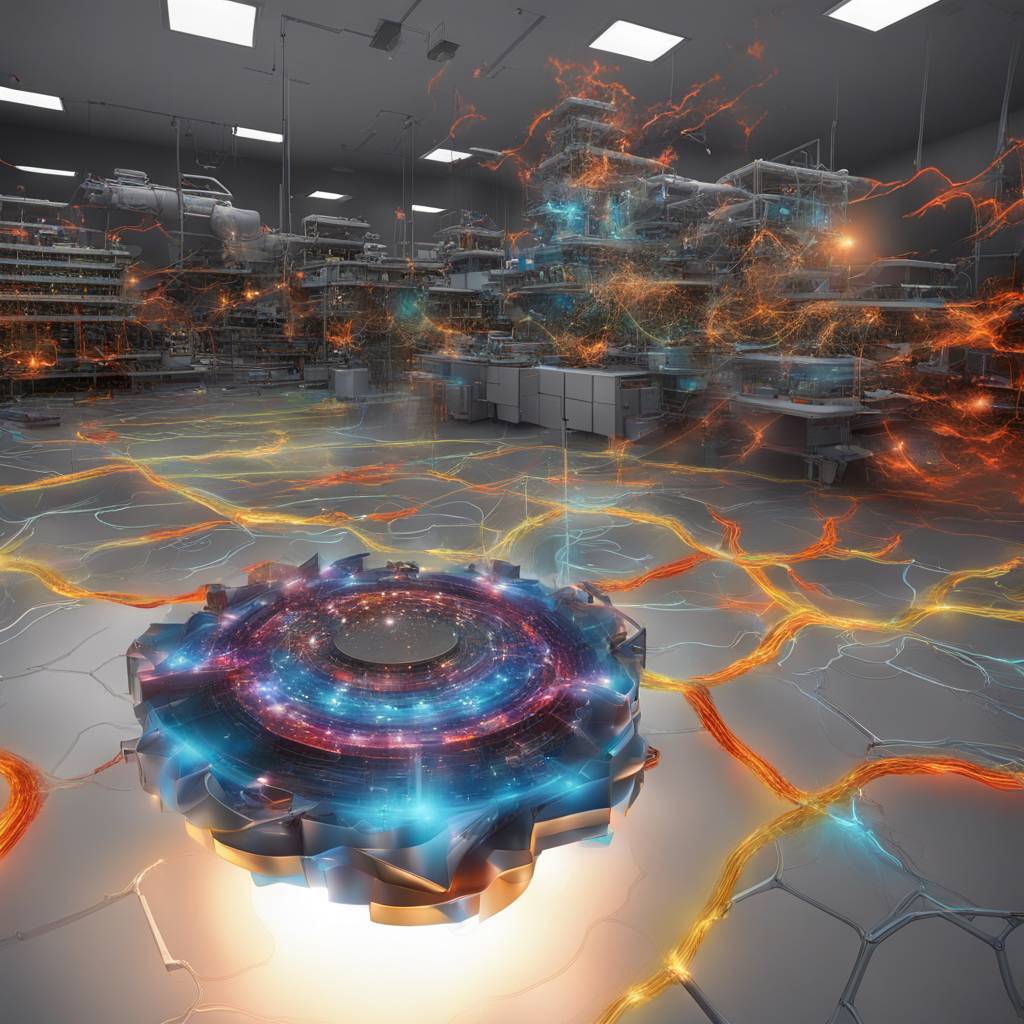The functionality of many modern technologies relies on the physical property of intercalation, which involves the insertion of guest atoms or molecules into host materials. However, predicting the stability of intercalated materials has been a challenge, leading to a significant amount of trial and error in the development of electronic devices and energy storage technologies. In a recent study published in ACS Physical Chemistry Au, researchers from The University of Tokyo and collaborating partners have developed a novel equation that accurately predicts the stability of intercalated materials. This breakthrough will facilitate the rapid development of high-performance electronics and energy storage devices by providing systematic design guidelines.
Intercalation is a crucial process used to modify the properties or structure of host materials for improved device performance, as demonstrated in commercial lithium-ion batteries. Despite various synthetic methods for creating intercalated materials, predicting stable host-guest combinations has been a major challenge for researchers. By developing a predictive tool based on a database of 9,000 compounds, the research team aimed to minimize the extensive laboratory work typically required to create new intercalated materials for advanced device functionalities. The study’s lead author, Naoto Kawaguchi, explains that the team’s analysis leveraged simple principles from undergraduate first-year chemistry to accurately predict host-guest intercalation energies and compound stability.
One of the key achievements of the research is the minimalistic approach used for energy and stability calculations, requiring only two guest properties and eight host-derived descriptors. This streamlined model eliminates the need for initial ‘best guesses’ and focuses on the fundamental physics of host-guest systems. The researchers validated their model against nearly 200 sets of regression coefficients, showcasing the reliability and practicality of their approach. Senior author Teruyasu Mizoguchi highlights the significance of their physically reasonable regression model formulation, contrasting it with existing computational models lacking a strong physical basis or validation against unknown intercalated compounds.
This study represents a significant advancement in the field of intercalated materials, offering a more efficient and reliable approach for predicting host-guest stability and intercalation energies. By reducing the amount of laborious laboratory work traditionally required for developing intercalated materials, this research paves the way for faster progress in the development of energy storage and electronic devices. As a result, products with advanced functionalities that rely on intercalated materials can be brought to market more quickly and cost-effectively, accelerating innovation in the technology industry.
The development of a predictive tool for intercalated materials stability holds promise for accelerating the design and production of high-performance electronics and energy storage devices. By leveraging a database of compounds and simple principles from undergraduate chemistry, the research team has created a valuable resource for minimizing the trial and error typically associated with intercalation processes. With just two guest properties and eight host-derived descriptors, the researchers’ model provides a reliable and efficient method for calculating energy and stability in host-guest systems, demonstrating its potential to revolutionize the field of materials science and device engineering.
Overall, the study’s innovative approach to predicting the stability of intercalated materials represents a significant advancement in the field of materials science. By simplifying the prediction process and streamlining the design of host-guest systems, researchers can expedite the development of next-generation electronics and energy storage technologies. This breakthrough holds the potential to reduce the time and resources required for research and development in this area, ultimately leading to the faster commercialization of products with advanced functionalities that rely on intercalated materials.













